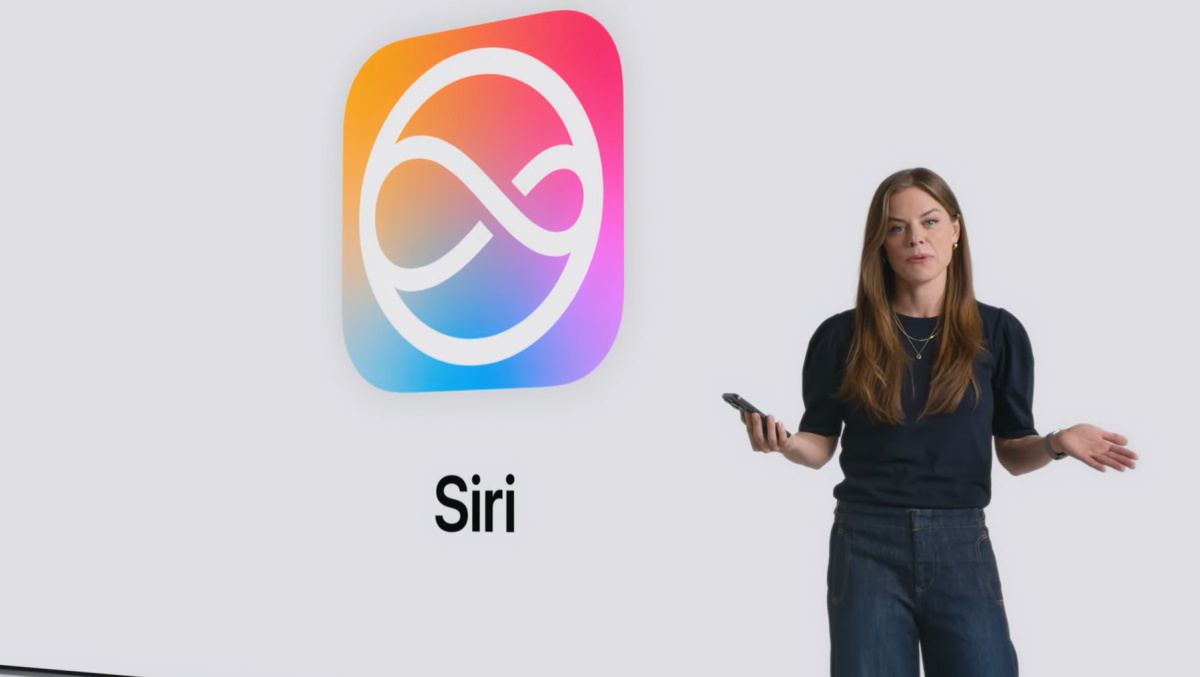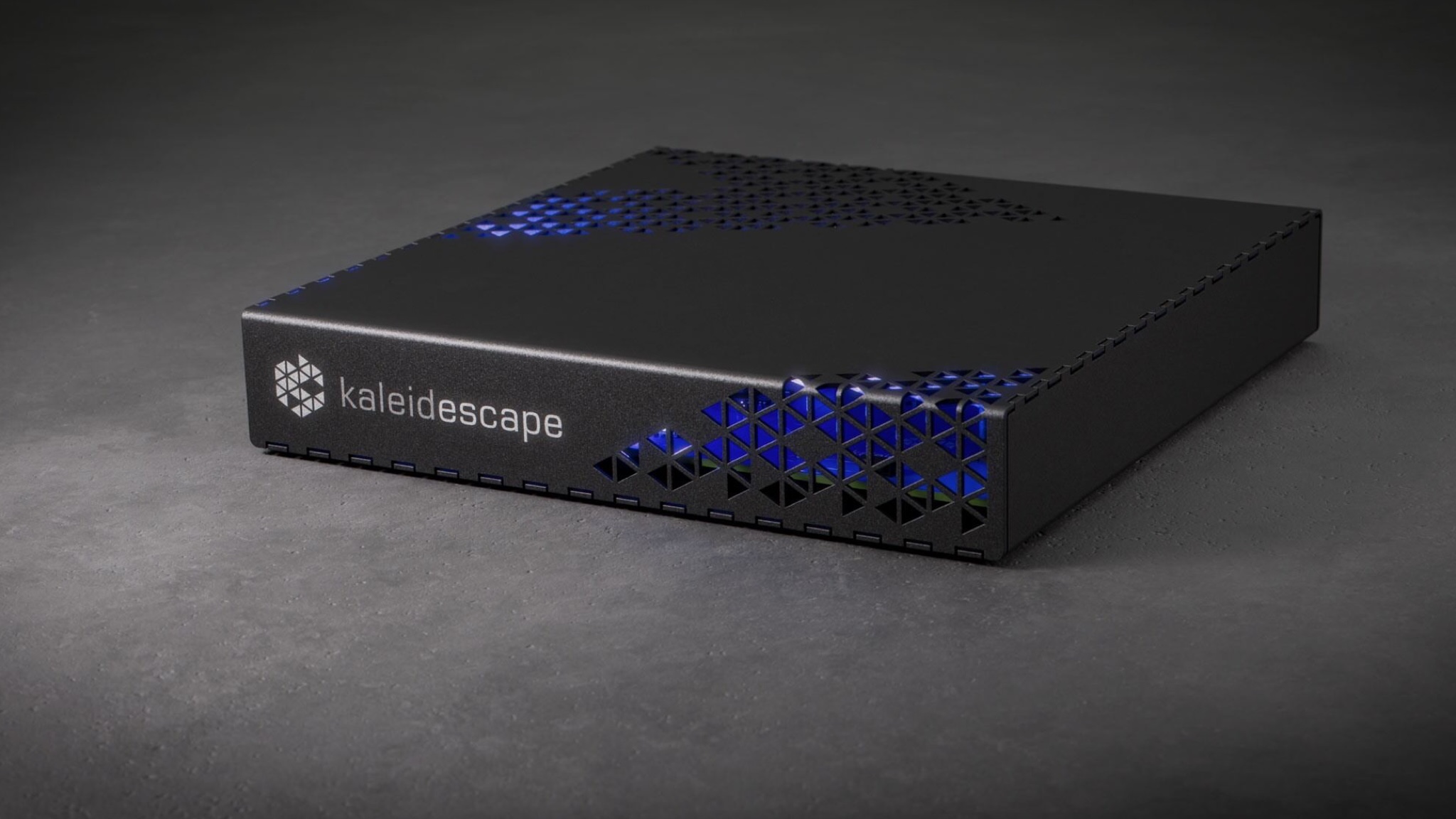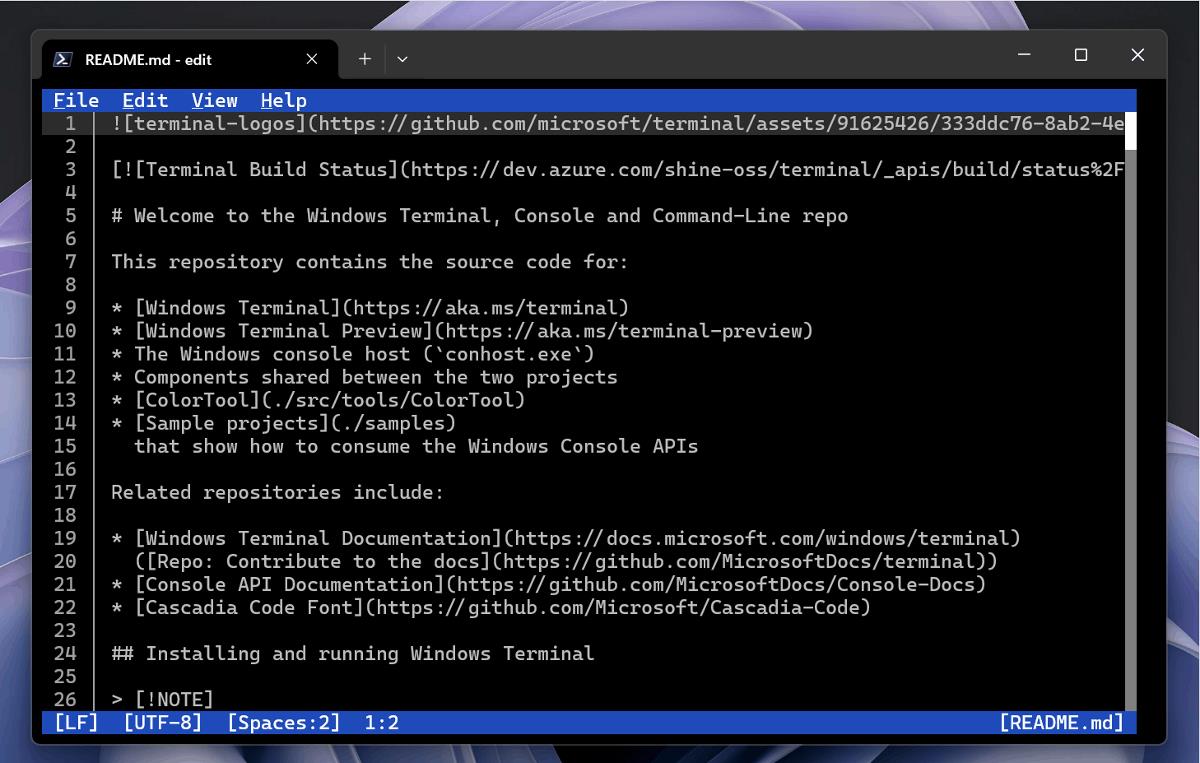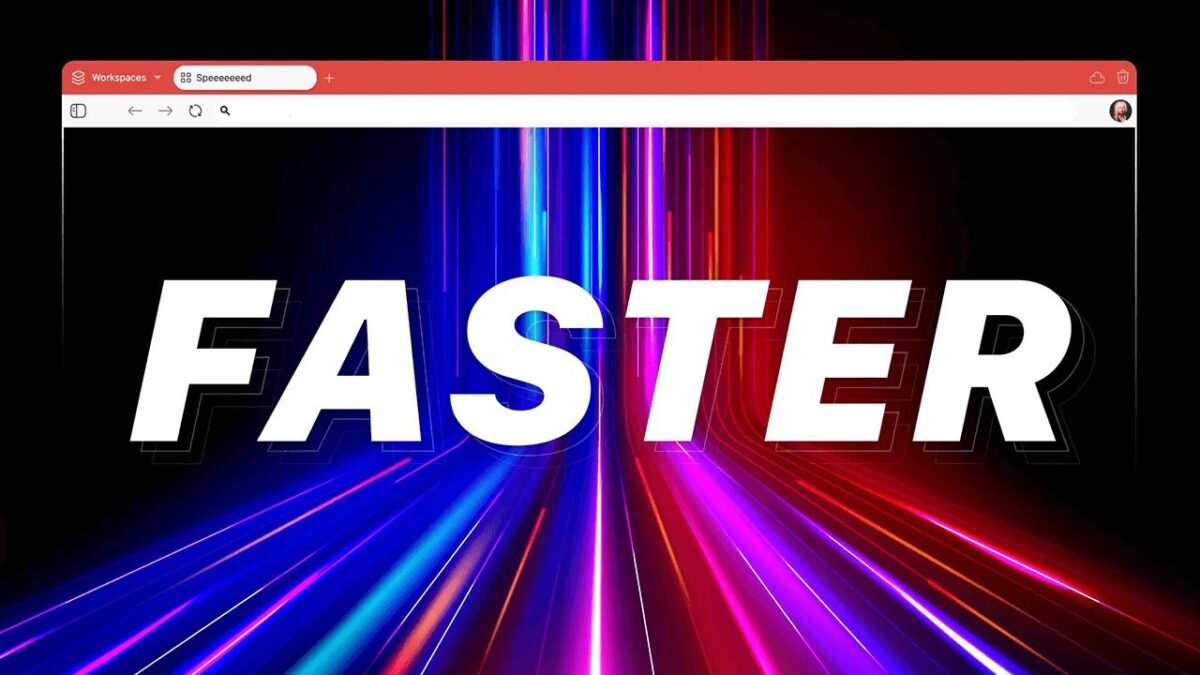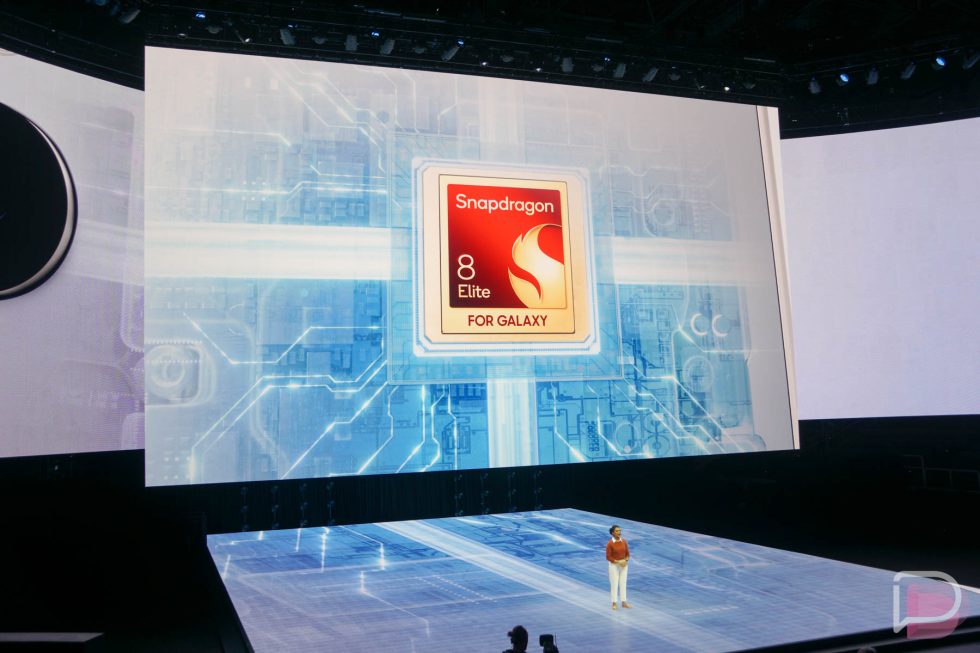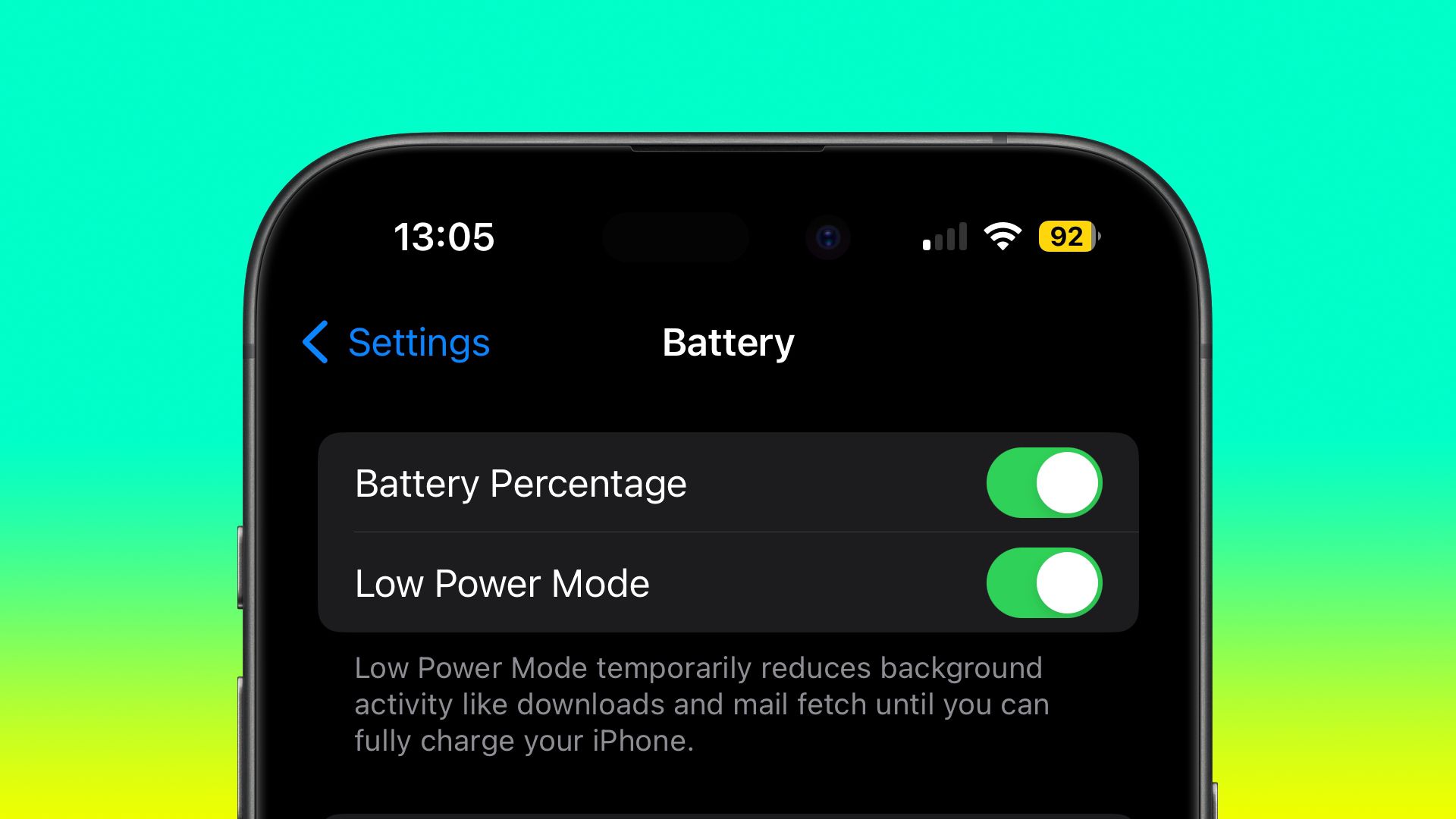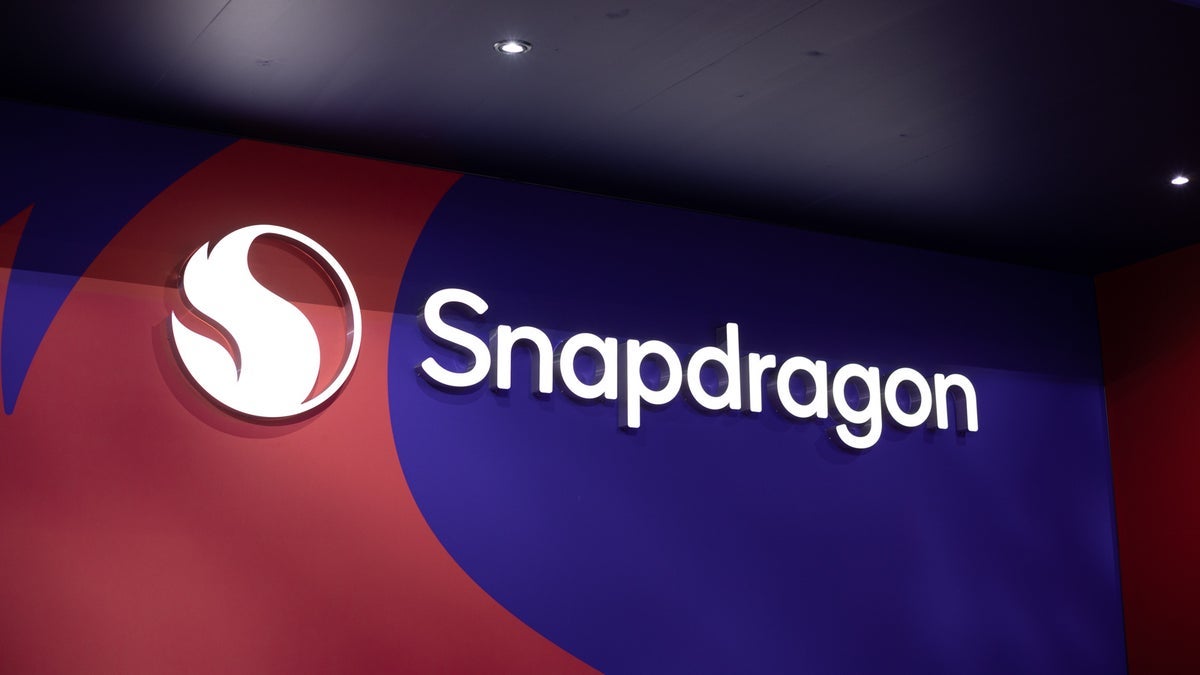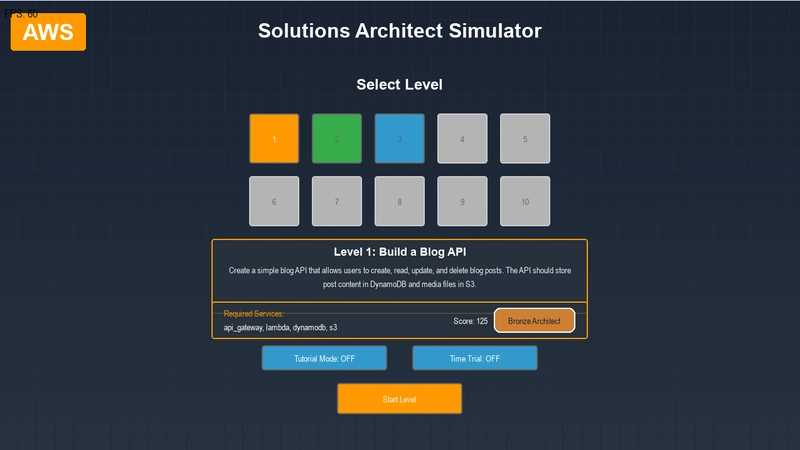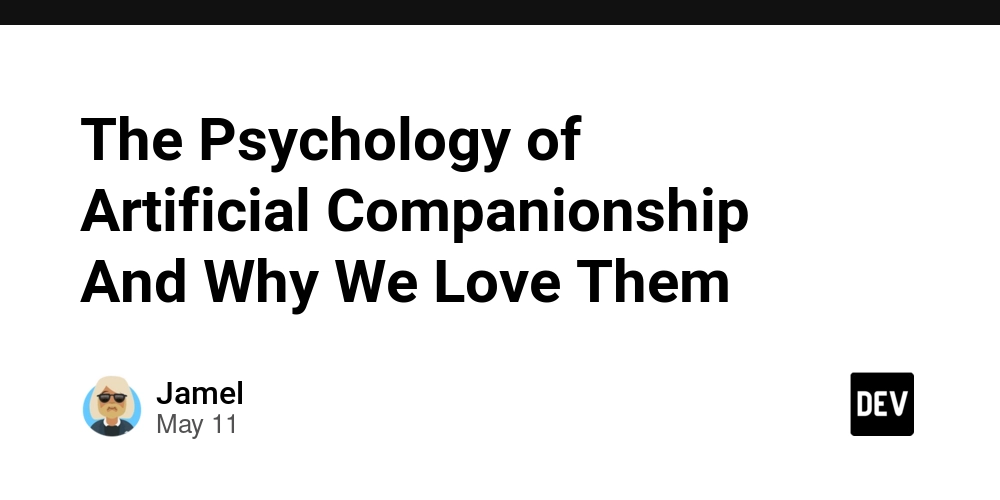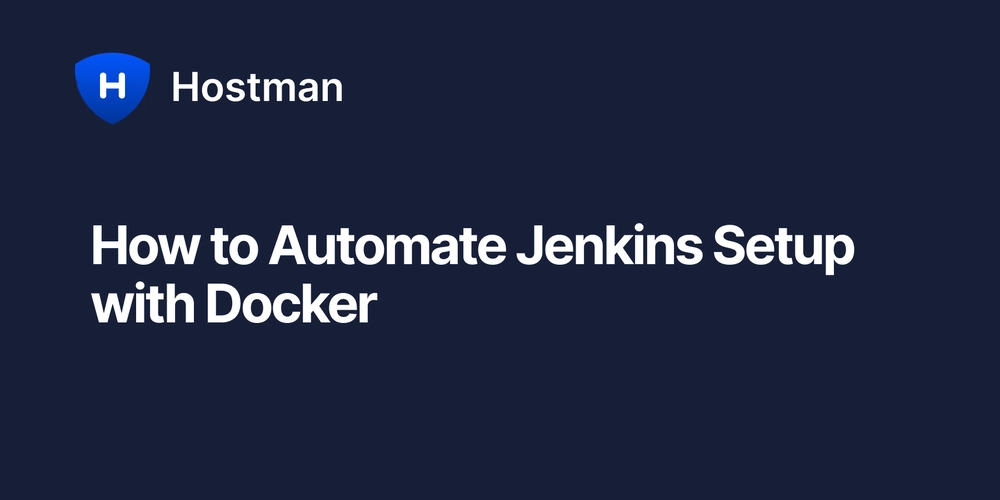Unveiling the HSQLDB License: Comprehensive Insights into Fair Code, Open Source, and Dual Licensing
Abstract This post delves deep into the HSQLDB License, a unique open source and fair code license crafted to balance developer fairness and broad code access. We explore its origins, core concepts, applications, challenges, and future trends. With detailed comparisons to other popular licenses, practical examples, and technical insights into dual licensing and blockchain integration, this article serves as a holistic guide for developers, legal experts, and project founders. Key related keywords include open source, fair code licenses, dual licensing, developer compensation, blockchain integration, and software sustainability. Introduction In today’s evolving software development ecosystem, licensing models are more than legal frameworks—they define community collaboration, developer compensation, and commercial sustainability. The HSQLDB License emerges as a pioneering contract that not only furthers openness but also safeguards developers against exploitation. This post examines the significance of the HSQLDB License, its integration with technologies like blockchain, its dual licensing approach, and why it is gaining prominence among open source communities. For a detailed summary of the original HSQLDB License discussion, you may refer to the HSQLDB License Summary. Background and Context Software licenses have long been the linchpin of collaborative software development. Conventional licenses such as the MIT License and GNU GPL have shaped the landscape—but each carries its own trade-offs. The HSQLDB License was developed in response to limitations in these models, particularly regarding fair compensation for developers. Its evolution reflects the broader challenges in protecting contributions while ensuring transparency and multiplicity in use. Historically, the need for such a license arose from: Developer Exploitation: Traditional licenses sometimes allow commercial entities to derive benefit without adequately rewarding the original contributors. Complex Licensing Ecosystems: With the rise of dual licensing and blockchain-enabled funding, a new legal framework was needed for clarity. Ecosystem Evolution: As projects integrate with blockchain-based compensation and innovative revenue models, legal robustness becomes essential. This backdrop sets the stage for a deeper journey into the HSQLDB License’s core aspects and why its topics—open source sustainability, fair code practices, and dual licensing—are critical themes for modern developers. Core Concepts and Features Foundational Principles The HSQLDB License is designed with several core principles: Fair Compensation: At its heart, the license incorporates explicit clauses to safeguard against unpaid commercial exploitation, ensuring that developers receive fair rewards. Transparency: Clear language and public documentation are central, thus offering an accessible framework akin to the simplicity found in the MIT License while addressing its shortcomings. Dual Licensing Support: By allowing projects to adopt different licenses for community use versus commercial use, it helps bridge the gap between free open source collaboration and profitable enterprise deployment. Blockchain Exploration: Although its blockchain integration is still on the horizon, the HSQLDB License inspires discussions about immutable, transparent compensation systems. Detailed Features and Overlaps Below is a summary table comparing the HSQLDB License with several other common licenses: License Compensation Mechanism Transparency Flexibility Dual Licensing Support Developer Fairness HSQLDB License Built-in fair compensation clauses High – clearly documented Moderately flexible; some clauses may restrict hybrid models Explored; supports dual licensing Strong focus on preventing exploitation OCTL Blockchain-based compensation (tokenized rewards) Very high due to blockchain integration Highly flexible especially in decentralized apps Supports dual licensing arrangements Excellent; strict anti-exploitation measures MIT License No explicit compensation; relies on community goodwill Very clear due to brevity Extremely flexible Single licensing model Low; commercial fork often unregulated GNU GPL Indirect via copyleft obligations Clear legal obligations Less flexible due to strict copyleft Not designed for dual licensing Moderate; ensures derivatives remain open Apache License 2.0 Focuses on patent rights, no direct compensation Detailed, precise legal text High; supports proprietary adaptations Supports commercial licensing add-ons Low; limited safeguards for fair compensation Table note: This table provides a simplified overview of licensing trade-offs and highlights why the HSQLDB License is increasingly popular among developers seeking both openness and protection. Additional Distinctive Attributes Legal Clarity: The license avoids complex legalese to enhance
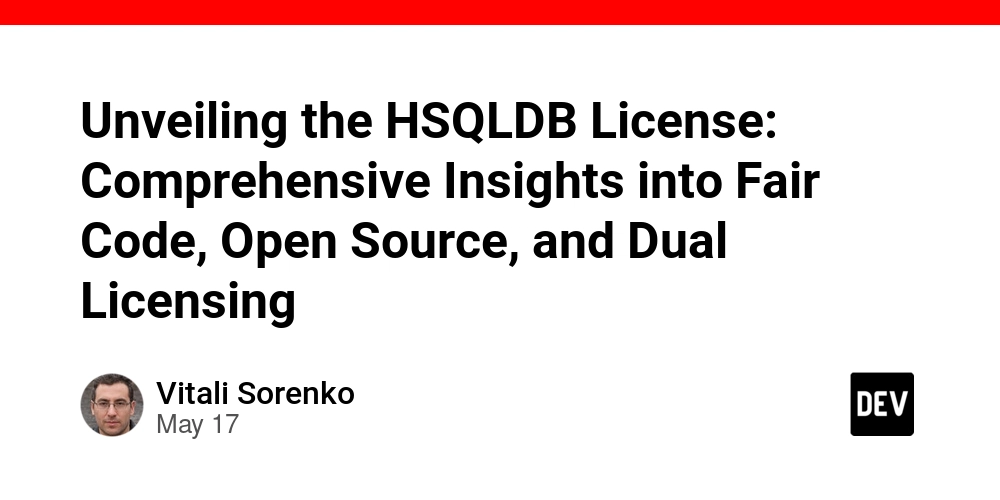
Abstract
This post delves deep into the HSQLDB License, a unique open source and fair code license crafted to balance developer fairness and broad code access. We explore its origins, core concepts, applications, challenges, and future trends. With detailed comparisons to other popular licenses, practical examples, and technical insights into dual licensing and blockchain integration, this article serves as a holistic guide for developers, legal experts, and project founders. Key related keywords include open source, fair code licenses, dual licensing, developer compensation, blockchain integration, and software sustainability.
Introduction
In today’s evolving software development ecosystem, licensing models are more than legal frameworks—they define community collaboration, developer compensation, and commercial sustainability. The HSQLDB License emerges as a pioneering contract that not only furthers openness but also safeguards developers against exploitation. This post examines the significance of the HSQLDB License, its integration with technologies like blockchain, its dual licensing approach, and why it is gaining prominence among open source communities.
For a detailed summary of the original HSQLDB License discussion, you may refer to the HSQLDB License Summary.
Background and Context
Software licenses have long been the linchpin of collaborative software development. Conventional licenses such as the MIT License and GNU GPL have shaped the landscape—but each carries its own trade-offs. The HSQLDB License was developed in response to limitations in these models, particularly regarding fair compensation for developers. Its evolution reflects the broader challenges in protecting contributions while ensuring transparency and multiplicity in use.
Historically, the need for such a license arose from:
- Developer Exploitation: Traditional licenses sometimes allow commercial entities to derive benefit without adequately rewarding the original contributors.
- Complex Licensing Ecosystems: With the rise of dual licensing and blockchain-enabled funding, a new legal framework was needed for clarity.
- Ecosystem Evolution: As projects integrate with blockchain-based compensation and innovative revenue models, legal robustness becomes essential.
This backdrop sets the stage for a deeper journey into the HSQLDB License’s core aspects and why its topics—open source sustainability, fair code practices, and dual licensing—are critical themes for modern developers.
Core Concepts and Features
Foundational Principles
The HSQLDB License is designed with several core principles:
- Fair Compensation: At its heart, the license incorporates explicit clauses to safeguard against unpaid commercial exploitation, ensuring that developers receive fair rewards.
- Transparency: Clear language and public documentation are central, thus offering an accessible framework akin to the simplicity found in the MIT License while addressing its shortcomings.
- Dual Licensing Support: By allowing projects to adopt different licenses for community use versus commercial use, it helps bridge the gap between free open source collaboration and profitable enterprise deployment.
- Blockchain Exploration: Although its blockchain integration is still on the horizon, the HSQLDB License inspires discussions about immutable, transparent compensation systems.
Detailed Features and Overlaps
Below is a summary table comparing the HSQLDB License with several other common licenses:
| License | Compensation Mechanism | Transparency | Flexibility | Dual Licensing Support | Developer Fairness |
|---|---|---|---|---|---|
| HSQLDB License | Built-in fair compensation clauses | High – clearly documented | Moderately flexible; some clauses may restrict hybrid models | Explored; supports dual licensing | Strong focus on preventing exploitation |
| OCTL | Blockchain-based compensation (tokenized rewards) | Very high due to blockchain integration | Highly flexible especially in decentralized apps | Supports dual licensing arrangements | Excellent; strict anti-exploitation measures |
| MIT License | No explicit compensation; relies on community goodwill | Very clear due to brevity | Extremely flexible | Single licensing model | Low; commercial fork often unregulated |
| GNU GPL | Indirect via copyleft obligations | Clear legal obligations | Less flexible due to strict copyleft | Not designed for dual licensing | Moderate; ensures derivatives remain open |
| Apache License 2.0 | Focuses on patent rights, no direct compensation | Detailed, precise legal text | High; supports proprietary adaptations | Supports commercial licensing add-ons | Low; limited safeguards for fair compensation |
Table note: This table provides a simplified overview of licensing trade-offs and highlights why the HSQLDB License is increasingly popular among developers seeking both openness and protection.
Additional Distinctive Attributes
- Legal Clarity: The license avoids complex legalese to enhance compliance and reduce conflicts, making it easier for developers and companies to adopt.
- Iterative Evolution: Much like the evolution seen in traditional licenses, updates to the HSQLDB License continue to refine its provisions in response to community feedback.
- Community-Driven: Recognized by platforms like GitHub License Usage, the license benefits from a vibrant community actively engaging in discussions on forums such as Stack Overflow and Hacker News.
Applications and Use Cases
The HSQLDB License’s unique structure offers several real-world applications:
Enterprise Software Frameworks: Companies developing robust, scalable solutions now favor licenses that not only protect against unauthorized commercial exploitation but also encourage contributions. Just as the Apache HTTP Server has been a success story for open source, frameworks built on the HSQLDB License have gained traction for their fairness.
Database Management Systems: Several data-oriented projects adopted this license, taking advantage of its fairness to attract a diverse development community. Clear guidelines in the HSQLDB License foster innovation while ensuring sustainable funding for future improvements.
Blockchain-Integrated Projects: Emerging ecosystems that use blockchain for transparent compensation can find inspiration in the HSQLDB model. Although blockchain integration is still exploratory, projects like OCTL demonstrate how tokenized rewards can incentivize contributions in a decentralized manner.
Dual Licensing Scenarios: A growing number of startups and established businesses use dual licensing, allowing them to leverage open source benefits for community engagement while offering commercial licenses that include additional support or features under terms that ensure developer royalties.
Bullet List of Key Benefits
- Transparency: Clear documentation offers confidence to both personal and commercial users.
- Fair Compensation: Built-in clauses protect developers from unfair exploitation.
- Flexibility: The license structure is adaptive enough to be integrated into dual licensing models.
- Community Trust: Developers have trusted this model to ensure that contributions are recognized and rewarded fairly.
- Legal Robustness: Ongoing revisions and community feedback continue to hone its protective measures.
Challenges and Limitations
Despite its strengths, the HSQLDB License is not without challenges:
- Compatibility Issues: Integrating components with other open source licenses (such as the BSD 3-Clause License) can sometimes create conflicts, leading to licensing friction.
- Legal Enforceability: Critics point to potential ambiguities in clauses regarding compensation enforcement, especially in international scenarios. Although intended to protect developers, uncertain application methods may hamper broader adoption.
- Fragmentation Risks: When combined with a dual licensing model, clear demarcation of contributions is required; otherwise, codebases might fragment if not managed appropriately.
- Adoption Barriers: Some enterprise users hesitant about adopting unconventional licensing models may prefer the simplicity of more established licenses.
- Blockchain Integration Hurdles: While blockchain could automate compensation, integrating immutable systems with legal clauses remains in its early exploratory phase and requires further refinement.
For more in-depth discussion of these challenges, you may explore related forums on Stack Overflow and Hacker News.
Future Outlook and Innovations
The future of the HSQLDB License is intertwined with broader trends in technology and legal frameworks:
Enhanced Blockchain Integration
There is growing interest in integrating blockchain-based compensation systems. Future iterations of the HSQLDB License could adopt tokenized rewards and transparent smart contracts to ensure compliance. Developers and researchers are already exploring intersections with decentralized platforms such as OCTL.
Dual Licensing Expansion
The dual licensing model is expected to become more mainstream. By continuously refining its legal wording, the HSQLDB License can serve as a blueprint for projects that aim to provide separate terms for open community development and commercial usage. This evolution may lead to increased adoption among enterprise-grade projects that require both free community benefit and commercial exclusivity.
Increasing Developer Support and Fair Funding
As the push for sustainable funding of open source projects continues, more platforms and organizations will likely support licensing models that incorporate developer compensation. Initiatives such as those discussed on Dev.to show promise in reshaping how funding and revenue-sharing work in open source ecosystems.
Cross-industry Innovations
The combination of blockchain, fair code practices, and open source licensing is not limited to software. Industries such as fintech, healthcare, and even digital art are examining these models to ensure that creators and developers receive due recognition and reward. For instance, insights can be found in posts like Exploring Blockchain and Digital Signatures.
Regulatory Developments
As governments and large organizations update their policies in response to digital innovation, we can expect a wave of legal clarifications around open source compensation and dual licensing. This regulatory evolution, together with community-driven governance, will further enhance the HSQLDB License’s viability.
Summary
The HSQLDB License is a groundbreaking legal framework designed to secure developer rights while preserving the spirit of open source collaboration. Its carefully calibrated balance of permissiveness and fair compensation makes it an attractive option for projects that require transparency, protection, and sustainability.
Key takeaways include:
- Innovative Fairness: The license incorporates compensation mechanisms that address risks of exploitation.
- Dual Licensing Potential: Projects can leverage the license to adopt separate terms for community and commercial usage.
- Blockchain Synergies: Although still emerging, blockchain integration promises enhanced transparency and automated enforcement.
- Community Trust: The model is backed by active engagement on platforms such as Stack Overflow and Hacker News.
- Ongoing Evolution: Iterative updates ensure that the license remains relevant in a rapidly changing technological landscape.
While challenges exist in terms of compatibility and legal enforceability, the strengths of the HSQLDB License position it as a forward-thinking model. It not only responds to historical shortcomings in open source licensing but also lays the foundation for innovative funding and developer support models.
Further Reading and Resources
For readers interested in exploring this topic further, consider the following resources:
- The original detailed HSQLDB License Summary
- MIT License – Learn about one of the most popular permissive licenses.
- GNU GPL – A comparative view of copyleft licensing.
- GitHub License Usage – Insights into modern licensing trends.
- Related discussions such as License Token: A New Era for Open Source Licensing and Exploring Blockchain Project Funding.
Concluding Thoughts
As we navigate the complex waters of software development, transparent and fair licensing remains crucial. The HSQLDB License stands as a beacon for innovative legal models that combine the best of open source freedom with practical measures for developer compensation and sustainability. By incorporating blockchain-based concepts and flexible dual licensing strategies, it has set the stage for a new era that not only protects creators but also fuels further innovation.
For anyone looking to create open, sustainable, and ethically governed software projects, the HSQLDB License offers a compelling model. Its ongoing evolution serves as a reminder that as technology changes, so too must our methods for ensuring fairness and support for the brilliant minds behind tomorrow’s industry innovations.
Embrace the future of open source. With initiatives focusing on developer compensation and robust legal frameworks, the intersection of technology, blockchain innovations, and fair code practices promises a landscape where every contributor’s effort is rightfully rewarded. Future iterations of the HSQLDB License and similar models will likely influence not only technology but also broader economic frameworks within the digital world.
By weaving together technical insights, comparison tables, bullet lists, and authoritative backlinks, this post aims to serve as an accessible knowledge base for those interested in the HSQLDB License and the future of open source licensing. Whether you are a developer, project founder, or legal expert, understanding these trends is key to building a sustainable ecosystem that benefits everyone involved.
Happy coding and stay innovative!































































































































































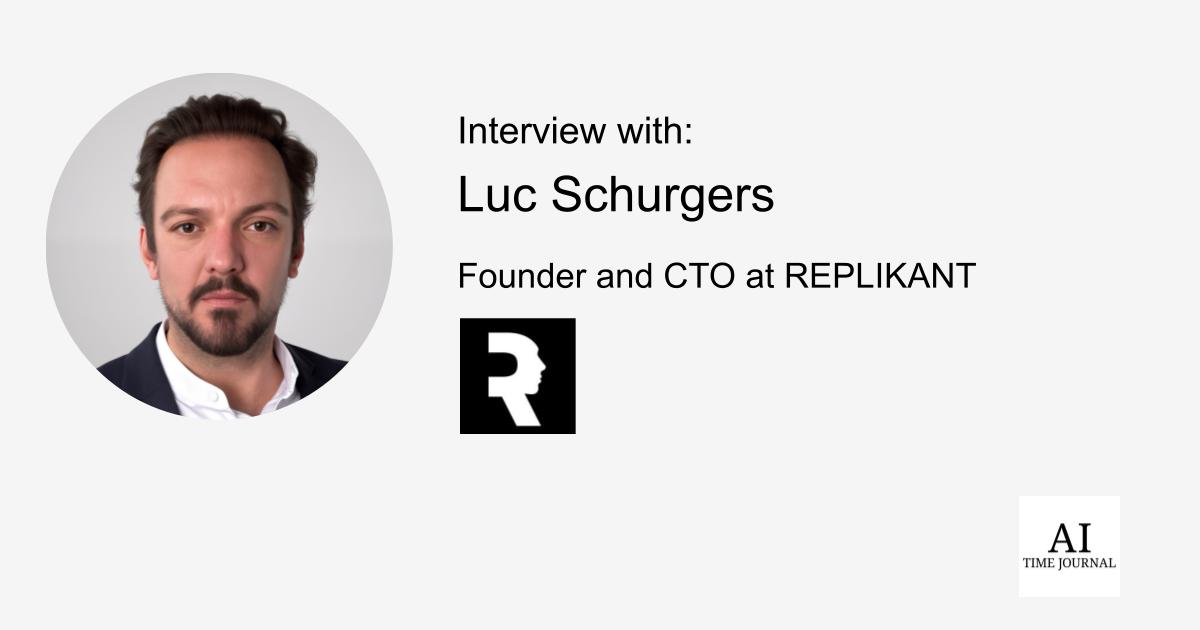












![[The AI Show Episode 148]: Microsoft’s Quiet AI Layoffs, US Copyright Office’s Bombshell AI Guidance, 2025 State of Marketing AI Report, and OpenAI Codex](https://www.marketingaiinstitute.com/hubfs/ep%20148%20cover%20%281%29.png)


![[The AI Show Episode 146]: Rise of “AI-First” Companies, AI Job Disruption, GPT-4o Update Gets Rolled Back, How Big Consulting Firms Use AI, and Meta AI App](https://www.marketingaiinstitute.com/hubfs/ep%20146%20cover.png)







































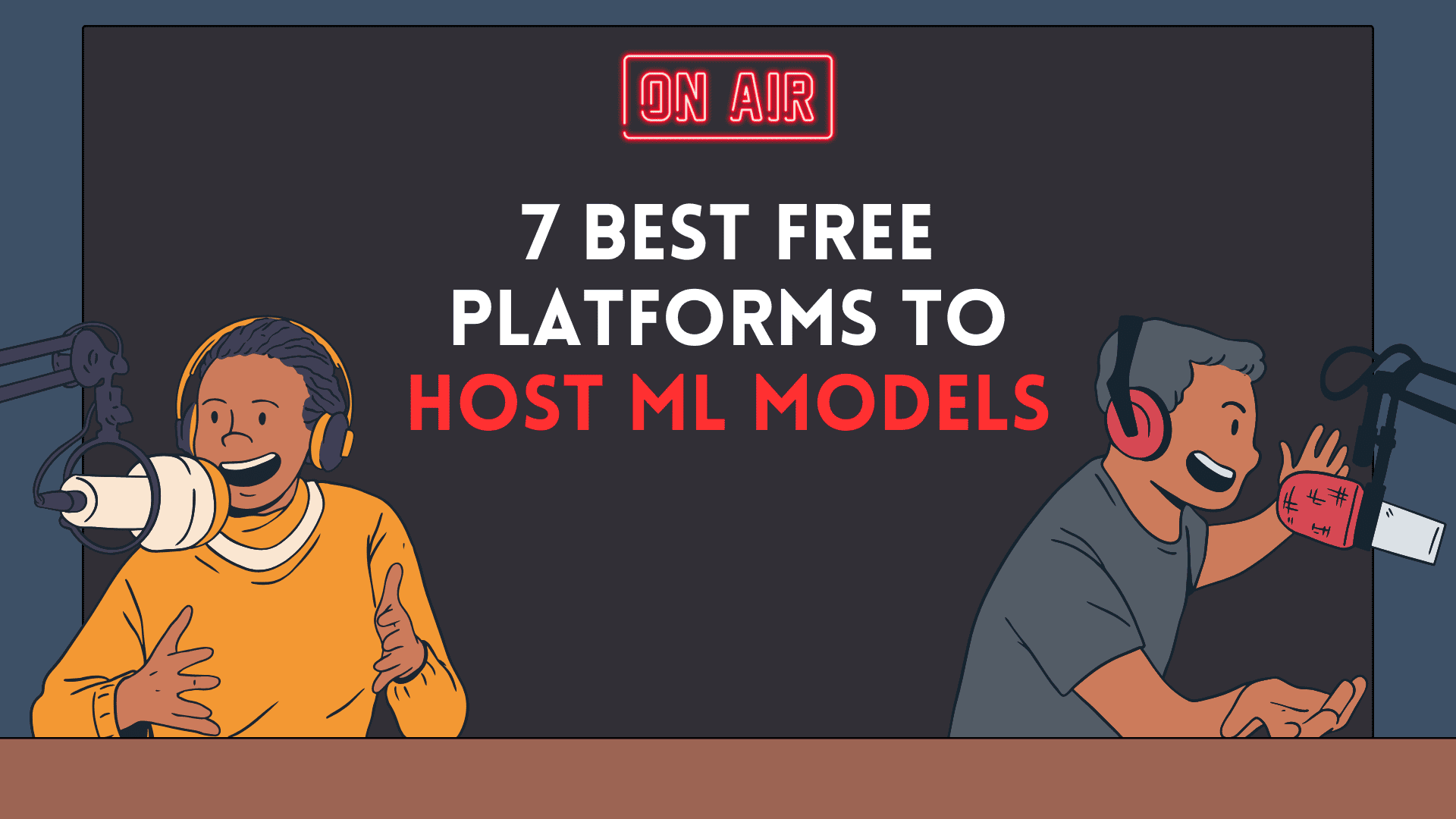





































































































































































































.jpg?#)





.png?width=1920&height=1920&fit=bounds&quality=70&format=jpg&auto=webp#)










































































































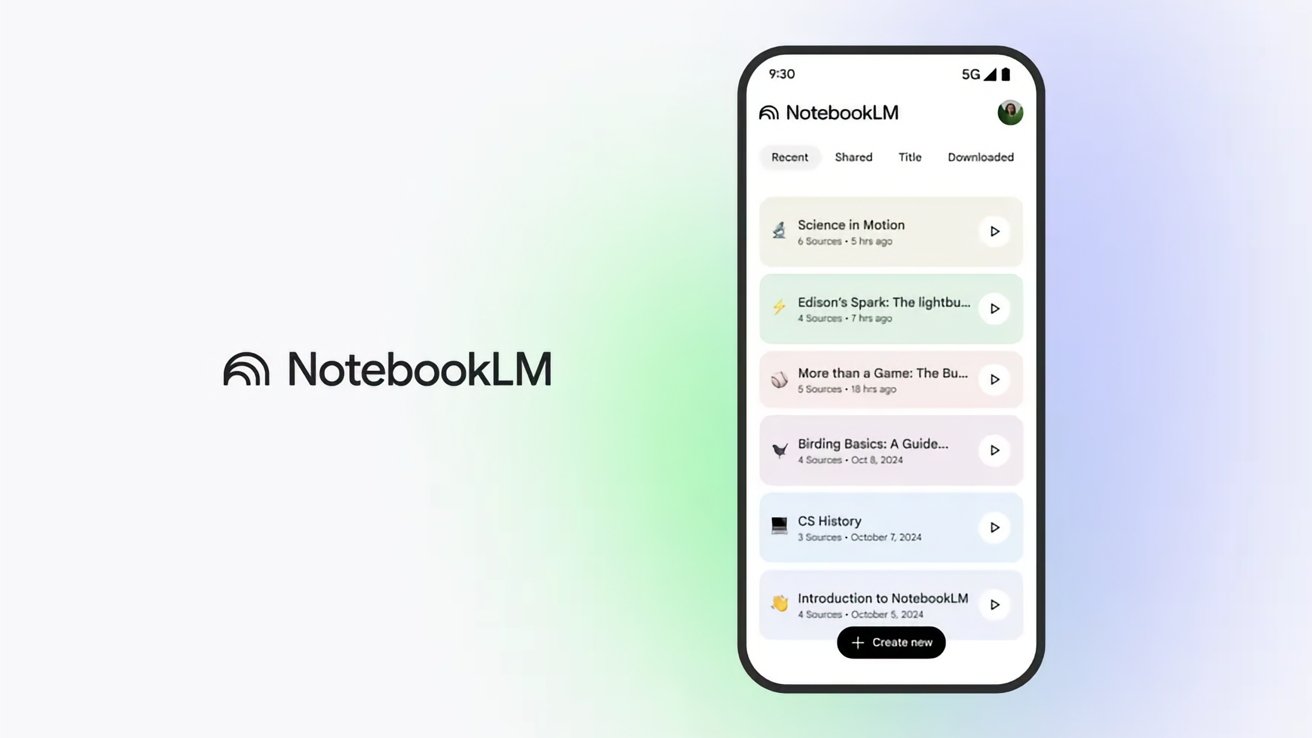




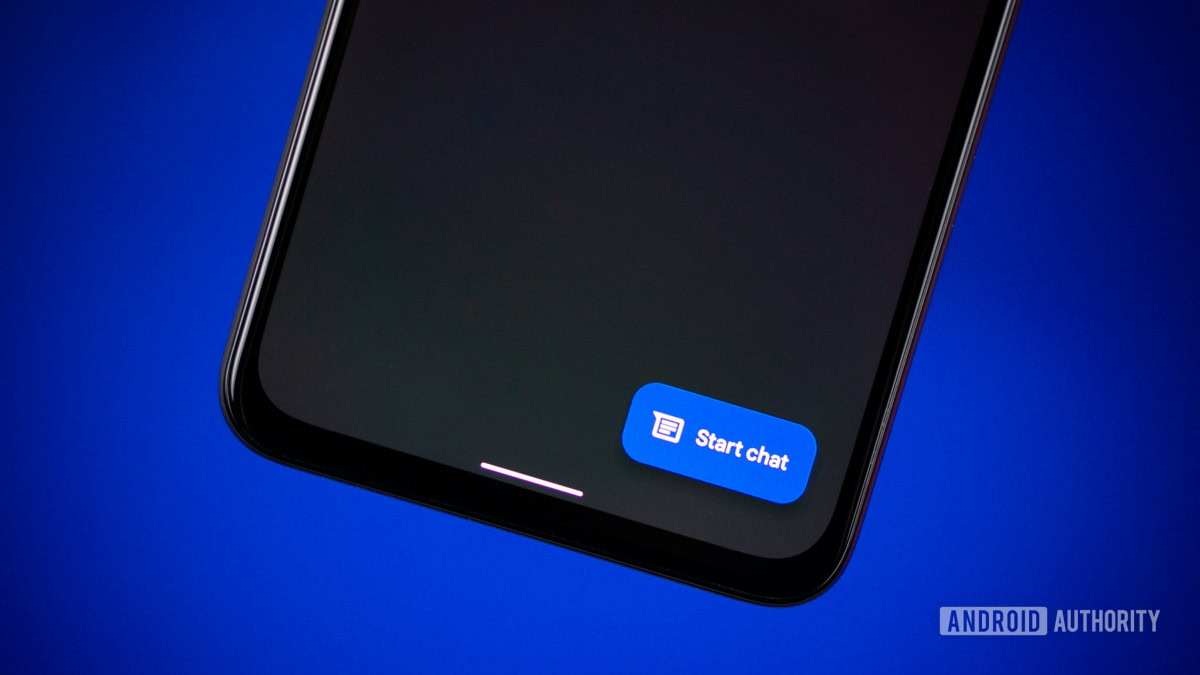







![What’s new in Android’s May 2025 Google System Updates [U: 5/19]](https://i0.wp.com/9to5google.com/wp-content/uploads/sites/4/2025/01/google-play-services-1.jpg?resize=1200%2C628&quality=82&strip=all&ssl=1)











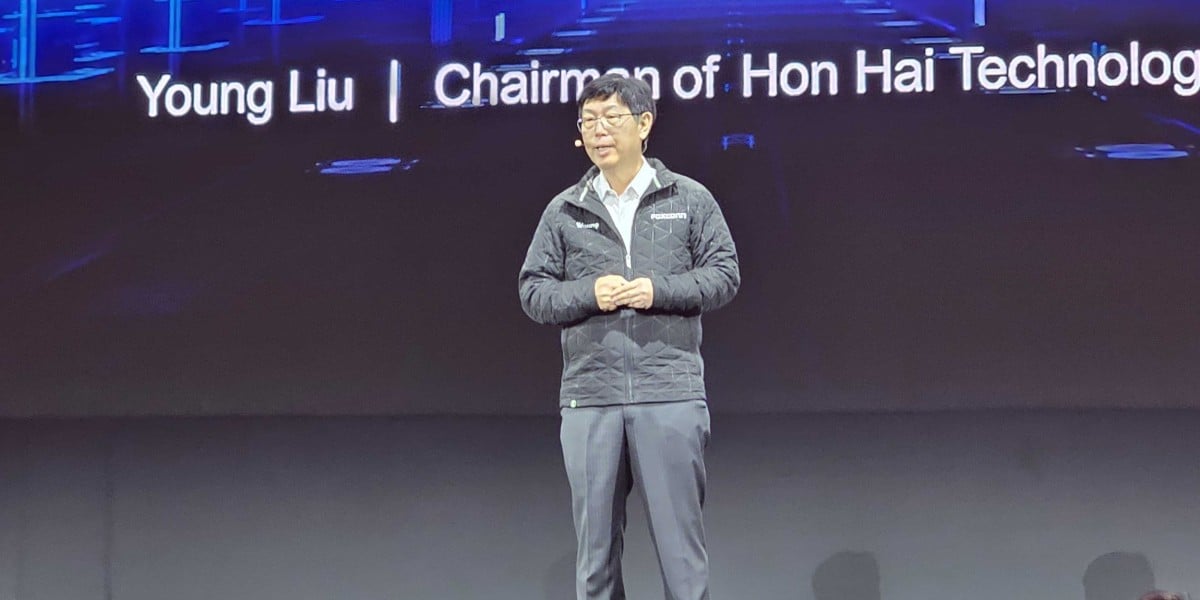





![Apple's iPhone Shift to India Accelerates With $1.5 Billion Foxconn Investment [Report]](https://www.iclarified.com/images/news/97357/97357/97357-640.jpg)
![Apple Releases iPadOS 17.7.8 for Older Devices [Download]](https://www.iclarified.com/images/news/97358/97358/97358-640.jpg)











